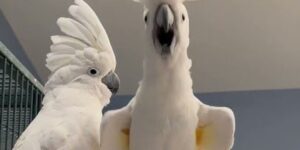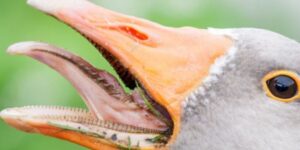Introduction
Redbirds are some of the most striking and beautiful creatures in the avian world. Their vibrant plumage, ranging from deep crimson to bright scarlet, immediately grabs attention. Species like the Northern Cardinal, with its iconic crest and vivid red feathers, often appear in gardens, forests, and parks, symbolizing warmth, energy, and love. The red color of these birds comes from pigments in their diet, particularly carotenoids, which give their feathers a rich, reddish tint. Many cultures view red birds as symbols of good luck or spiritual messengers. Their melodious songs add to their charm, filling the air with sweet, clear notes. Redbirds also display strong territorial instincts, fiercely defending their nesting grounds. Whether perched on a tree branch or soaring through the sky, red birds remind us of the beauty and vitality of nature.
Exploring the World of Red Birds: A Guide to Common Species
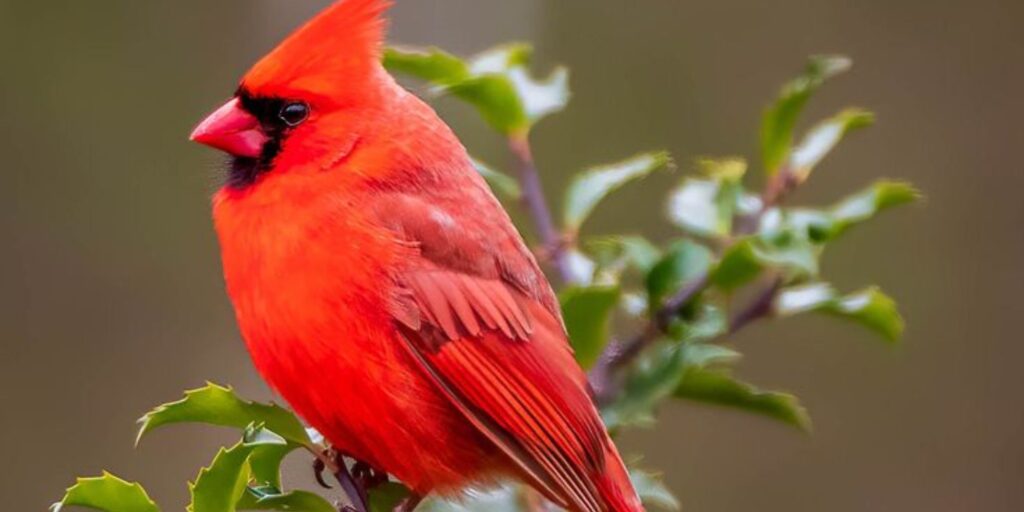
Redbirds have a unique charm that captures the hearts of bird watchers and casual observers alike. With their vibrant hues and striking features, these avian wonders can be found flitting through trees or perched elegantly on fences, adding a splash of color to any landscape. From the brilliant cardinal to lesser-known species, red birds are prevalent across North America, each with its own story to tell.
As you embark on this journey through the world of red birds, you’ll discover their significance in various cultures, seasonal behaviors, and conservation efforts aimed at protecting them. Whether you’re looking for tips on attracting these beautiful creatures to your backyard or simply want to deepen your appreciation for them, this guide will provide valuable insights into one of nature’s most captivating groups of wildlife. Grab your binoculars—it’s time to explore!
Red Birds in Texas
Texas is a haven for red birds, boasting a diverse range of habitats that attract these stunning avian residents. From the rolling hills of the Hill Country to the dense forests in East Texas, you’ll find various species fluttering about. The vibrant northern cardinal is perhaps the most recognized red bird in this vast state.
These cardinals are known for their striking crimson plumage and cheerful songs. Males sport bright red feathers, while females display subtle brownish tones with hints of red. Their presence brings joy to many Texans who enjoy watching them at feeders or flitting through gardens.
In addition to cardinals, Texas hosts other notable red birds such as the summer tanager and painted bunting. The summer tanager boasts a beautiful all-red appearance, often found in open woodlands and parks during migration seasons. Meanwhile, painted buntings are equally eye-catching with their mix of vivid colors; males show off brilliant blue heads alongside rich reds.
Bird watchers flock to Texas each year during migration periods when numerous species pass through on their journey northward or southward. This influx provides an excellent opportunity to observe both common and rare visitors alike.
With its varied landscape and mild climate, Texas offers an exceptional chance to admire these beautiful creatures throughout much of the year.
Red Birds at Christmas
Redbirds have become a beloved symbol of Christmas. Their vibrant color stands out against the snowy backdrop, capturing the spirit of the season. These beautiful creatures often remind us of warmth and joy during winter.
One species that is particularly associated with Christmas is the Northern Cardinal. With its striking red plumage and distinctive crest, this bird has become an icon in holiday decorations and greeting cards. Its cheerful song adds to the festive atmosphere, making it a favorite among bird watchers.
Another red bird that graces our holidays is the Scarlet Tanager. Though less common in winter scenes, its bright hue brings excitement when spotted. These birds are often depicted alongside cardinals in artwork representing holiday cheer.
Many people find delight in placing feeders outside their homes during this time of year to attract these colorful visitors. Watching them flit about can create magical moments for families celebrating together.
In literature and art, red birds symbolize hope and renewal, themes cherished at Christmas time. Their presence serves as a reminder that even amid cold winters, life continues to flourish beautifully around us.
Red Birds’ Symbolism and Meaning
Redbirds have captured the human imagination for centuries. They often symbolize love, passion, and energy due to their vibrant color. In many cultures, these birds are seen as messengers from the spirit world, connecting us with loved ones who have passed on.
The cardinal is perhaps the most well-known red bird in North America. Many people believe that a sighting of a cardinal brings good fortune or serves as a reminder of someone special watching over them. This belief adds depth to our interactions with these beautiful creatures.
In various traditions, red birds are also thought to represent vitality and happiness. Their striking hue against green foliage can lift spirits and bring joy to those lucky enough to spot them in nature or through art.
Moreover, some indigenous tribes hold unique beliefs about red birds being symbols of protection and guidance. They teach that seeing one may signify an upcoming change or transformation in life.
Through folklore and personal experiences alike, red birds continue to evoke strong feelings and meanings for many individuals across different backgrounds. Their presence inspires a connection between nature and humanity while enriching our understanding of life’s mysteries.
Red Birds’ Habitat and Characteristics
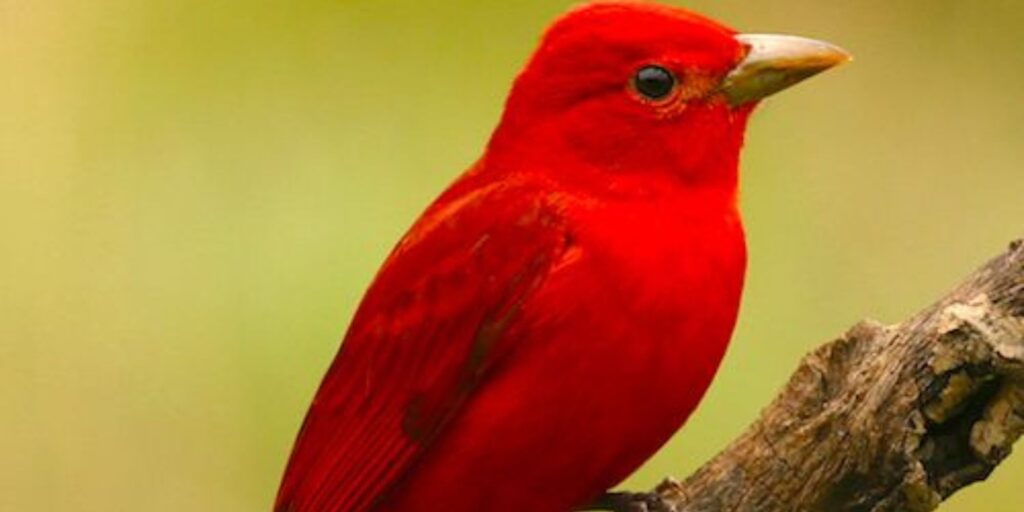
Redbird can be found across various habitats, adapting to both urban and natural environments. They thrive in forests, woodlands, gardens, and even wetlands. This versatility allows them to take advantage of different food sources and nesting opportunities.
Most red bird species prefer areas with ample cover for protection against predators. Dense shrubs and trees provide essential shelter while also serving as prime spots for feeding on seeds, fruits, or insects. Depending on the season, these birds may migrate to seek out suitable habitats.
Their physical characteristics are just as diverse as their living conditions. Many red birds show vibrant plumage that serves not only to attract mates but also reflects their health status. Bright coloration often indicates a strong diet rich in carotenoids from foods like berries.
Size varies among species too; some are small songbirds while others are larger like the northern cardinal. Each has unique features such as elongated tails or distinctive songs that aid in communication during mating seasons or territorial disputes.
Understanding where these fascinating creatures live helps us appreciate their role in our ecosystems better. Their presence is a reminder of biodiversity’s beauty and importance within our surroundings.
Eight Red Bird to Know in North America
North America is home to a stunning array of red bird, each with unique features and charm. The Northern Cardinal stands out with its vibrant plumage and distinctive crest. Males boast bright red feathers, while females display warmer brown tones accented by subtle red highlights.
Another notable species is the Rose-breasted Grosbeak. This striking bird showcases a rosy patch on its chest against black and white feathers. Its sweet song adds to its allure during springtime.
The Scarlet Tanager offers an impressive sight as well. With males adorned in brilliant crimson, they are often spotted flitting through deciduous forests, particularly during migration seasons.
For those who appreciate smaller birds, the House Finch presents a delightful option. Males flaunt their reddish hues across their heads and chests while maintaining streaked brown bodies that help them blend into urban settings.
The Purple Martin may surprise you with its iridescent sheen rather than traditional red coloring; however, it has hints of purple-red under certain lights. These birds are social creatures often found nesting near human habitation or community spaces throughout North America.
Varieties of Red Bird and Their Names
Redbird come in numerous varieties, each with its unique charm and beauty. One of the most recognized is the Northern Cardinal. With its striking red plumage and distinctive crest, this bird is a favorite among bird watchers across North America.
Another popular variety is the Scarlet Tanager. Unlike the cardinal’s year-round bright red color, male tanagers sport their vibrant hues during the breeding season. In winter, they transform to a more subdued olive-yellow shade that makes them harder to spot.
The Vermilion Flycatcher captivates with its fiery hue and lively demeanor. This small yet stunning bird can often be found perched on low branches or wires, ready to catch insects mid-air.
Then there’s the Summer Tanager, which stands out due to its warm yellowish underparts contrasted against brilliant red wings. They are known for their melodic songs that fill summer evenings with enchanting sounds.
Let’s not forget about the Red-headed Woodpecker. With its bold crimson head and black-and-white body, it brings flair to any wooded area where it forages for food like insects or acorns.
Understanding Red Bird in North America
Redbirds inhabit various ecosystems across North America, from lush forests to arid deserts. They thrive in diverse environments, showcasing their adaptability. These vibrant creatures are oftentimes spotted in gardens and backyards, making them popular among birdwatchers.
Their striking colors serve a purpose beyond aesthetics. Bright plumage often indicates health and vitality, essential factors during mating seasons. Male red birds typically boast the brightest hues to attract females while signaling dominance to rivals.
Many species of red birds exhibit migratory behavior. For instance, the American Robin travels south during colder months, returning as temperatures rise again. Understanding these patterns can enhance your birdwatching experience throughout different seasons.
Diet plays a significant role in their survival as well. Redbirds feast on seeds, fruits, insects, and even nectar depending on the species they belong to. This varied diet is crucial for maintaining energy levels necessary for flight and breeding.
Moreover, red birds engage in unique social behaviors that reflect their intelligence and adaptability. Some form flocks for protection against predators while others display territoriality during nesting season—each bringing its own charm to the world of avian life.
Conservation Efforts for Red Birds
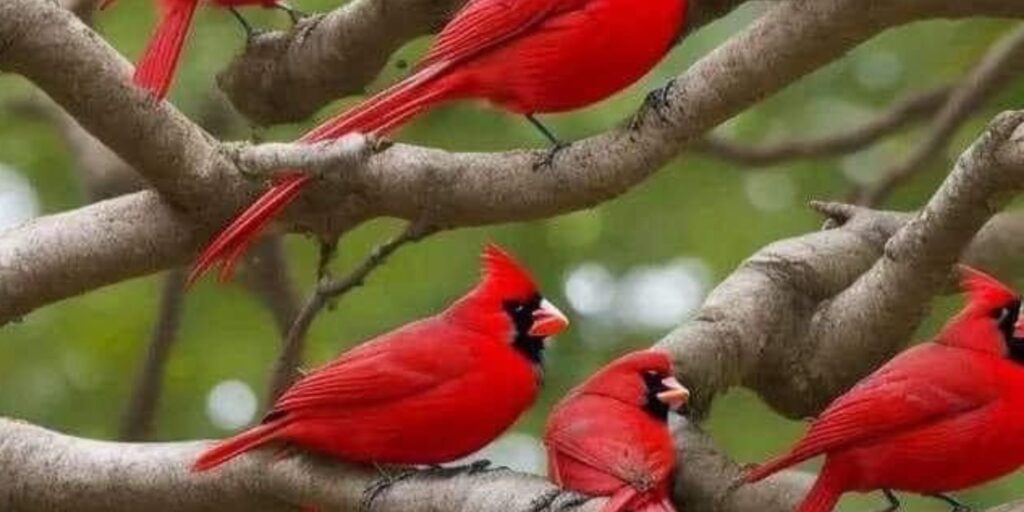
Conservation efforts for red bird are vital as their populations face numerous threats. Habitat loss is a significant issue, largely due to urban development and agriculture. Protecting these areas ensures that red birds have the spaces they need for nesting and feeding.
Organizations dedicated to avian conservation work tirelessly to create awareness about the challenges faced by these beautiful creatures. They focus on educating communities about the importance of preserving natural habitats. Public engagement can make a big difference in fostering an environment where red birds can thrive.
Many species benefit from initiatives like bird-friendly landscaping and native plant gardens. These practices not only support local wildlife but also help maintain biodiversity in ecosystems. Encouraging everyone to take part can amplify these positive impacts.
Research is another crucial component of conservation efforts. By studying migration patterns and breeding habits, scientists gather valuable data that informs protective measures for various species of red birds.
In addition, legislative actions play an essential role in safeguarding their future. Policies aimed at conserving wetland areas and forests directly contribute to healthier environments for red birds across North America.
Observing Red Birds in Different Seasons
Observing red birds throughout the seasons offers a unique glimpse into their lives and behaviors. In spring, as they return from migration, you can witness vibrant courtship displays and hear their cheerful songs filling the air. This is an excellent time for birdwatchers to spot nesting activity as many red birds seek out safe havens.
Summer brings lush foliage and plenty of food sources, allowing these colorful creatures to thrive. Look for them flitting among the leaves or gathering at feeders filled with sunflower seeds or berries. Their bright plumage stands out against the green backdrop, creating stunning visuals that make summer birdwatching a delight.
As autumn approaches, some species begin their migration southward. You may find groups of red birds traveling together in search of warmer climates. It’s an ideal time for spotting migrating flocks in open fields or along shores.
Winter provides its magic when it comes to observing these lovely birds. With bare branches revealing nests that are often hidden during other seasons, you might catch sight of cardinals perched prominently against the crisp sky. Providing food sources like suet and seeds can attract them closer to your window during colder months.
Each season presents different opportunities to appreciate the beauty and diversity of red birds’ behavior and habitats. Whether you’re a seasoned birder or just starting, take note of how these magnificent creatures adapt through changing environments while offering joy year-round.
